I don't assume there is a bookseller's perspective to everything that happens in the world, but sometimes I almost think that. It's a logical approach to life--a filter--for somebody like me, optional equipment for my identity as a reader.
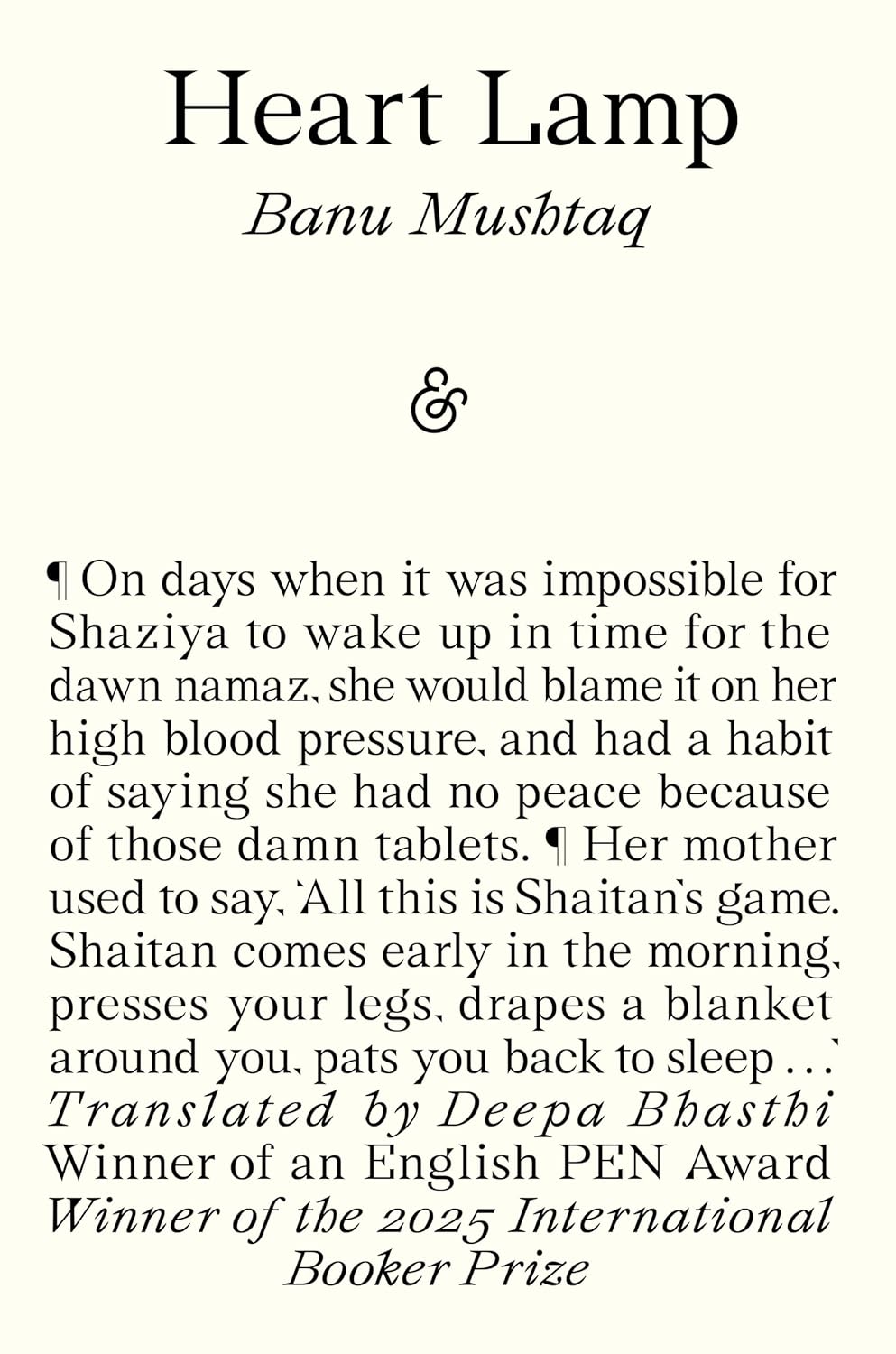 Maybe that's why when I saw that the winner of this year's International Booker Prize was Heart Lamp by Indian author Banu Mushtaq, translated from Kannada by Deepa Bhasthi (And Other Stories/Consortium), I had a couple of immediate reactions.
Maybe that's why when I saw that the winner of this year's International Booker Prize was Heart Lamp by Indian author Banu Mushtaq, translated from Kannada by Deepa Bhasthi (And Other Stories/Consortium), I had a couple of immediate reactions.
The reader in me sought out a copy of the book, written by a writer, activist, and lawyer in the state of Karnataka, southern India. Originally published in the Kannada language between 1990 and 2023 and praised for their dry and gentle humor, "these portraits of family and community tensions testify to Mushtaq's years as a journalist and lawyer, in which she tirelessly championed women's rights and protested all forms of caste and religious oppression," the prize organizers noted.
Indian booksellers have been celebrating the book's success:
Kitabkhana Books, Mumbai: "We knew it in our hearts that Heart Lamp would win the International Booker Prize 2025 and it did!... Banu Mushtaq's portraits of family and community tensions testify to her years of tirelessly championing women's rights and protesting all forms of caste and religious oppression. Heart Lamp is available at KitabKhana. A huge congratulations to Banu Mushtaq and Deepa Bhasthi (translator)."
 |
| Banu Mushtaq |
Pagdandi Bookstore & Coffee, Pune: "A morning of thoughtful conversation, curious questions, and heartfelt sharing. We gathered around Heart Lamp by Banu Mushtaq--and found stories that stayed with us long after the session ended. Thank you to everyone who joined us--for reading, listening, and being part of the circle."
Faqir Chand Bookstore, Delhi: "Banu Mushtaq's Heart Lamp winning the International Booker Prize is a moment of immense pride for India! A testament to the country's rich literary talent and global recognition."
Bahrisons Booksellers, New Delhi: "Congratulations to Heart Lamp, originally written in Kannada by Banu Mushtaq who is the winner of the International Booker Prize 2025! The book has been translated by Deepa Bhasthi who is a writer and literary translator based in Kodagu, southern India."
Storyteller Bookstore, Kolkata: "Heart Lamp wins The International Booker Prize 2025. Congratulations to Banu Mushtaq and Translator Deepa Bhasthi. Proud moment for Indian Literature."
After the prize announcement, the reader in me became fully engaged with the stories, while the bookseller was curious about the story behind the stories, how these tales originally found their way into print. So I went exploring.
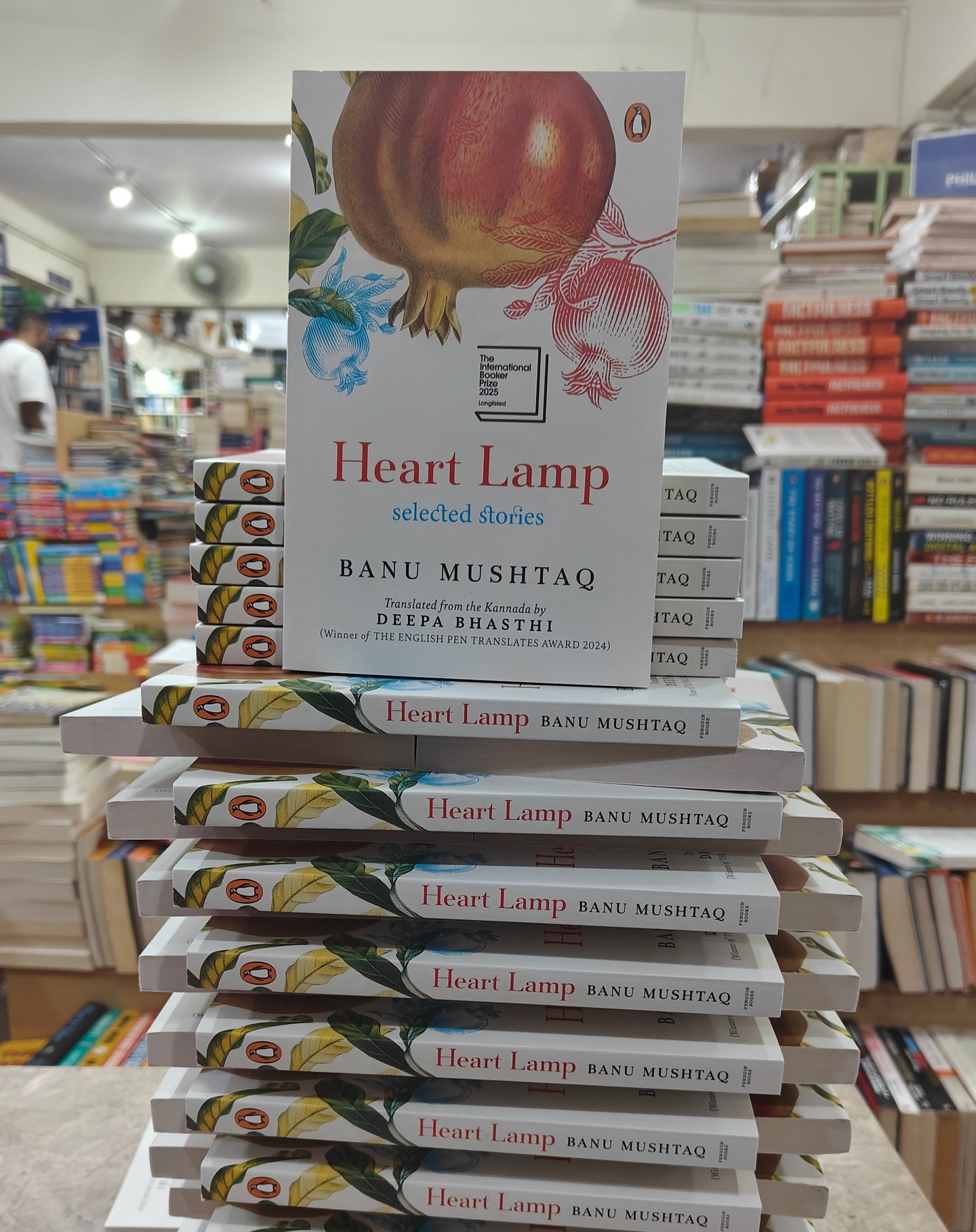 |
| At Blossom Bookhouse |
And a good story it is. Blossom Bookhouse in Bengalaru posted on Instagram: "The International Booker Prize-winning book Heart Lamp, a powerful English translation of the acclaimed Kannada work Hasina Mattu Itara Kathegalu by Banu Mushtaq, is now available again--in both Kannada and English editions! Don't miss your chance to own this unforgettable collection of stories."
Tthe Deccan Herald reported that "bookstores across Karnataka have seen a rise in demand for veteran Kannada writer Banu Mushtaq's Hasina Mattu Itara Kathegalu, a collection of short stories." Published by Abhiruchi Prakashana, the book includes original Kannada versions of the stories in Heart Lamp.
"We have sold about 1,000 copies in the last one week since the book won in London," said Abhiruchi Prakashana's owner "Abhiruchi" Ganesh. He has received orders from bookstores for nearly 3,000 copies of the 776-page revised edition--featuring 47 short stories--that was released on April 30 in Mysuru, after the International Booker shortlist was announced. "Since then, the book has been in demand from across the state, especially after the win."
Ganesh met Mushtaq in Hassan during a protest in 2002 and initially published two of her collections: Safira and Badavara Magalu Hennalla. He subsequently decided to bring all of Banu's stories together in Hasina Itara Kathegalu (2013), which included five of her early books. In 2023 Ganesh released another collection, Hennu Haddina Swayamvara.
"Banu called me at the beginning of this year, asking if I could make another compilation of her stories. That's when I decided to include the new collection as well in the revised edition of Hasina Mattu Itara Kathegalu," Ganesh said.
At the beginning of his career in the book business, Ganesh sold Kannada books from a bicycle. The Deccan Herald noted that in the 1990s, the Kannada Pustaka Pradhikara (Kannada Book Authority), under the leadership of author L.S. Seshagiri Rao, was offering a grant of Rs25,000 (about $180) to open Kannada bookstores across Karnataka.
"The members of the organization suggested I take this grant to open a bookstore. I was just 18 then," Ganesh recalled. In 1995, he opened the bookstore Abhiruchi Kannada Pustaka Malige and later added a publishing operation.
"Since I had experience in the sale of books, it was easy for me to pick books for publishing," he said. "I also had the privilege of the company of many Left-leaning progressive groups, like Dalit Sangharsh Samithi and Raitha Sangha. Rangayana was also just next door. They also became my customers." Abhiruchi Prakashana has published about 440 books thus far.
He told the Times of India: "I took this responsibility to support the progressive movements in Karnataka." And the story continues.
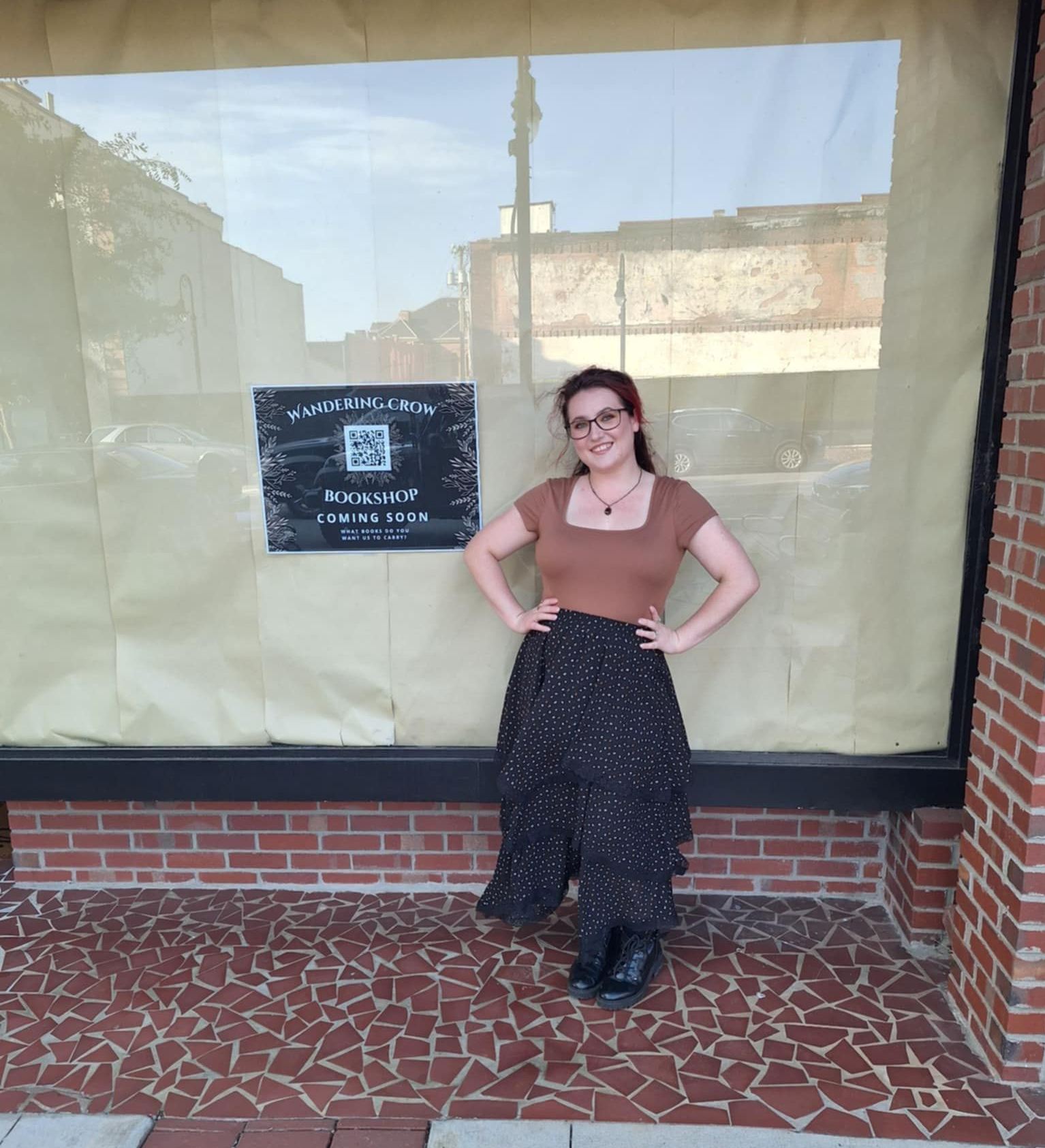










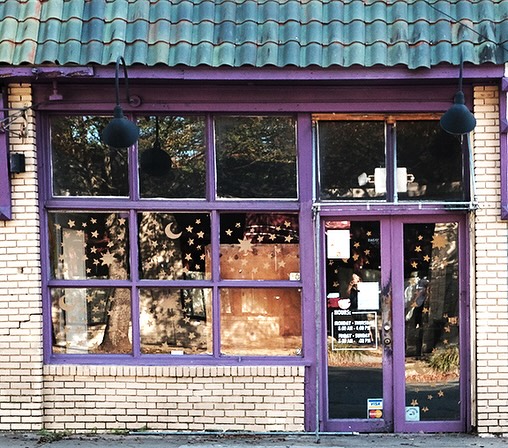 In an Instagram post
In an Instagram post
 Penguin Random House has acquired Wonderbly, a U.K. publisher specializing in personalized gift books.
Penguin Random House has acquired Wonderbly, a U.K. publisher specializing in personalized gift books.
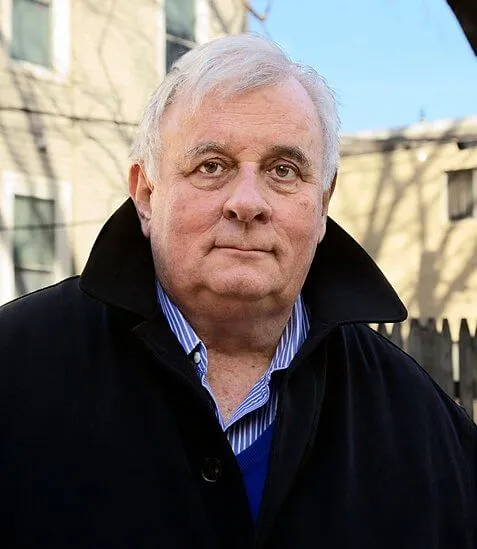
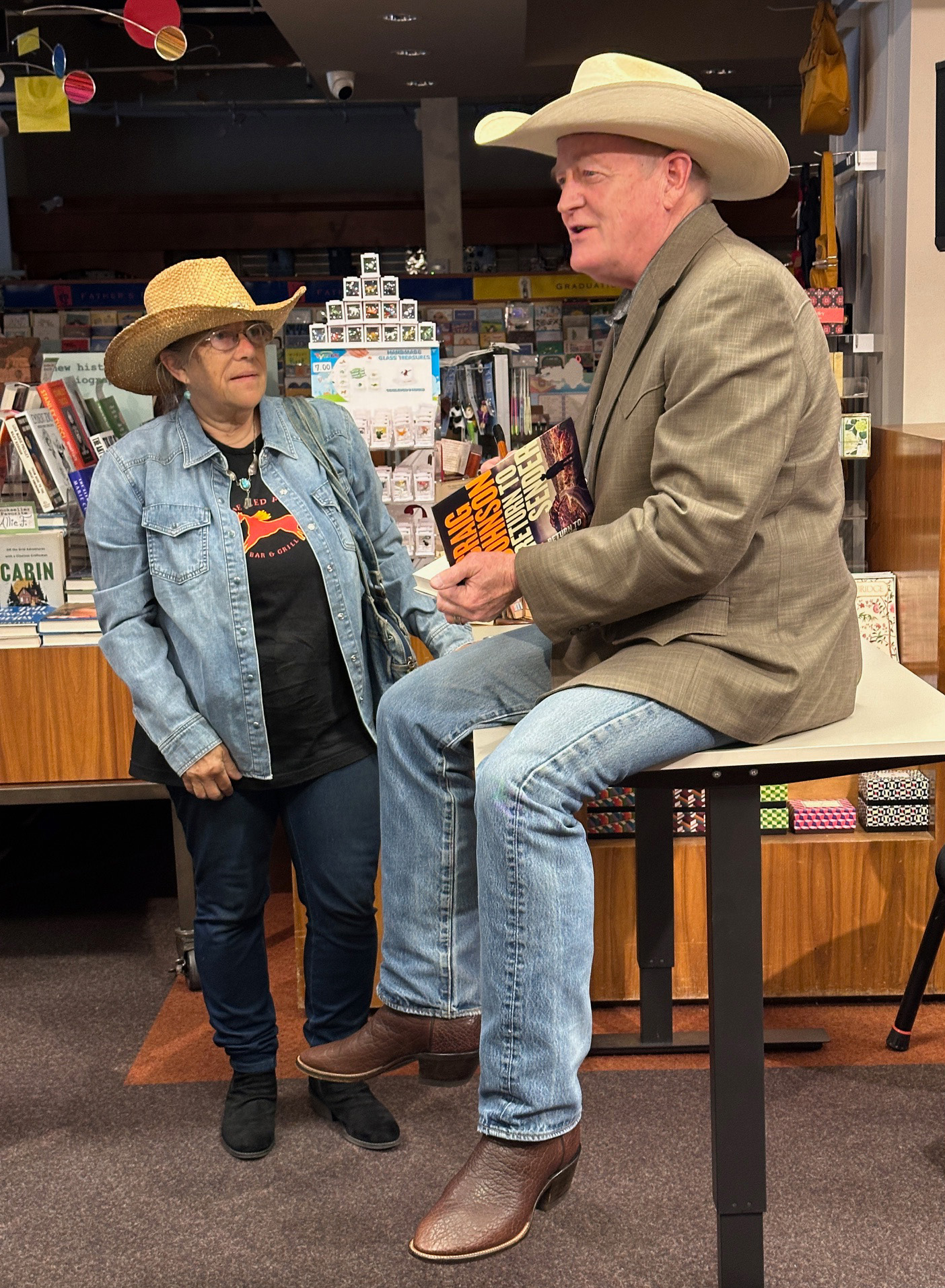
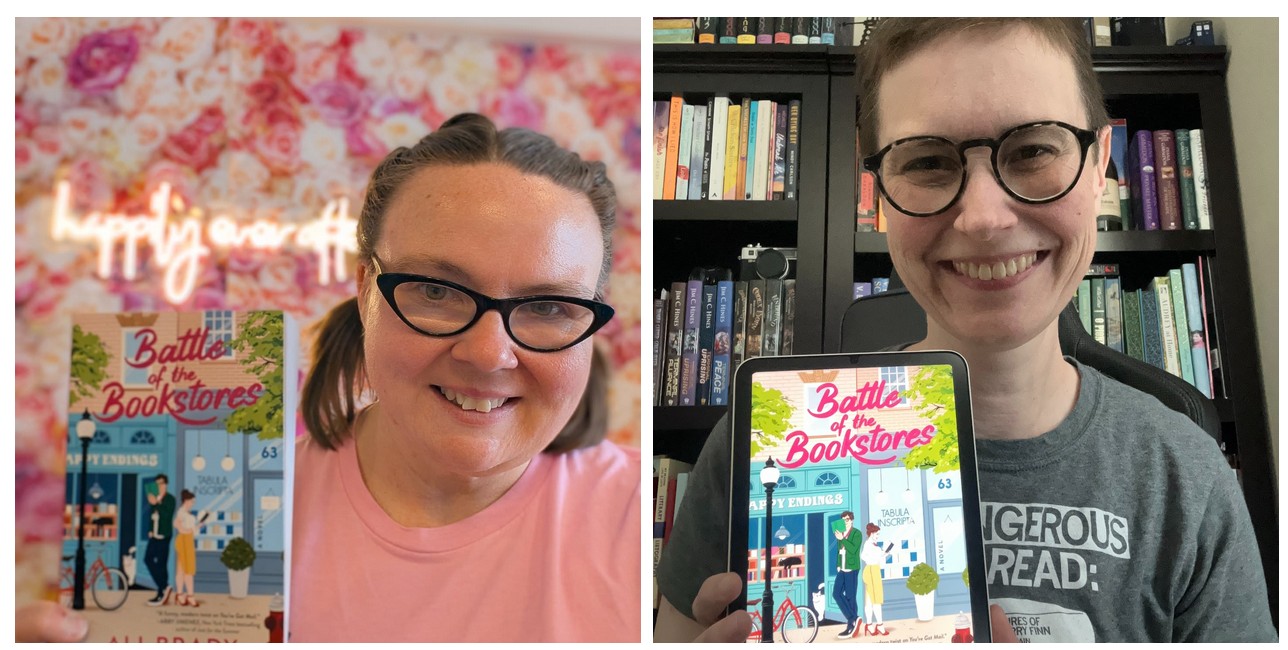
 Today co-host Jenna Bush Hager has chosen A Family Matter by Claire Lynch (Scribner) as her June
Today co-host Jenna Bush Hager has chosen A Family Matter by Claire Lynch (Scribner) as her June 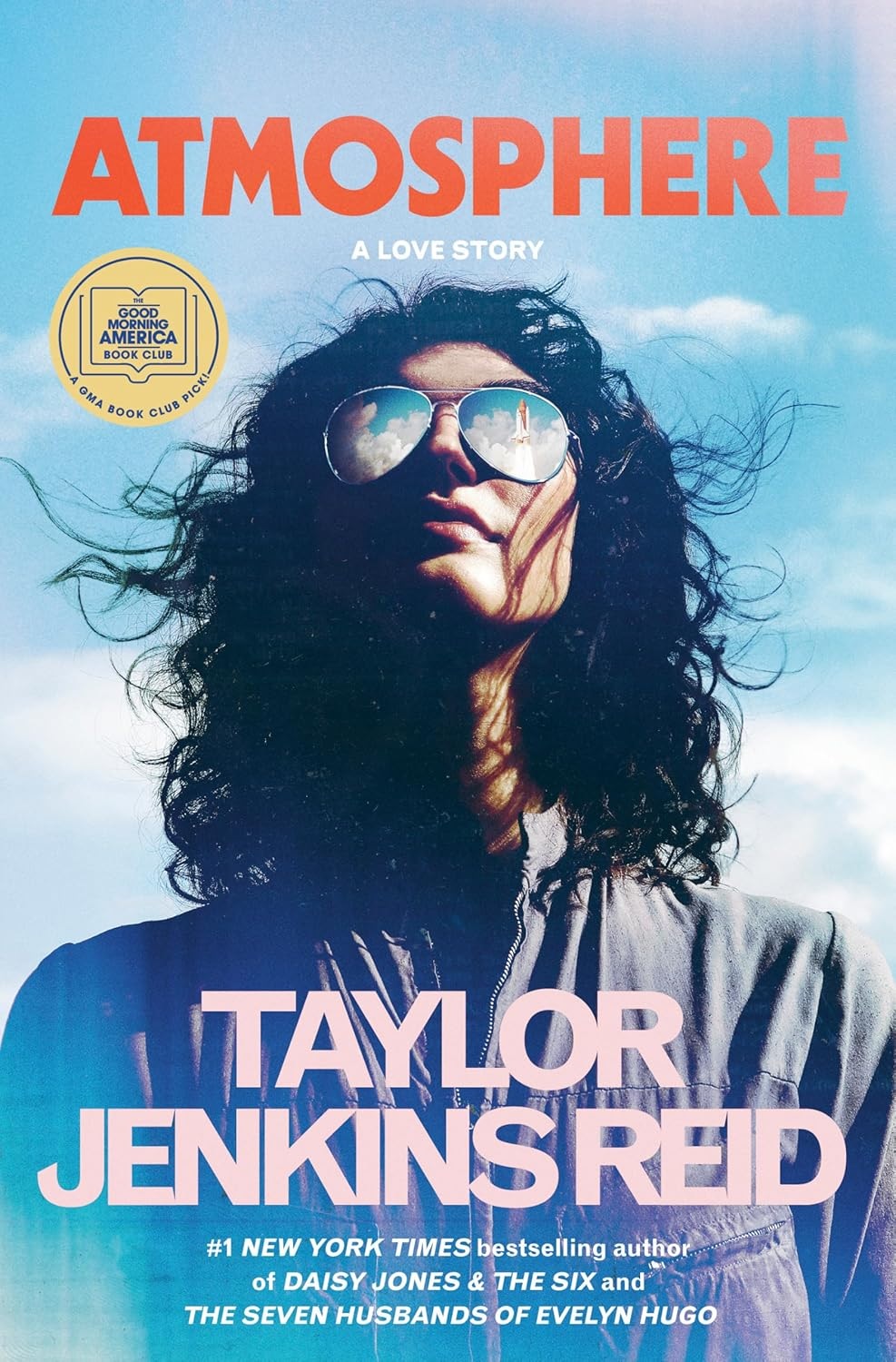 Atmosphere: A Love Story by Taylor Jenkins Reid (Ballantine) is the
Atmosphere: A Love Story by Taylor Jenkins Reid (Ballantine) is the 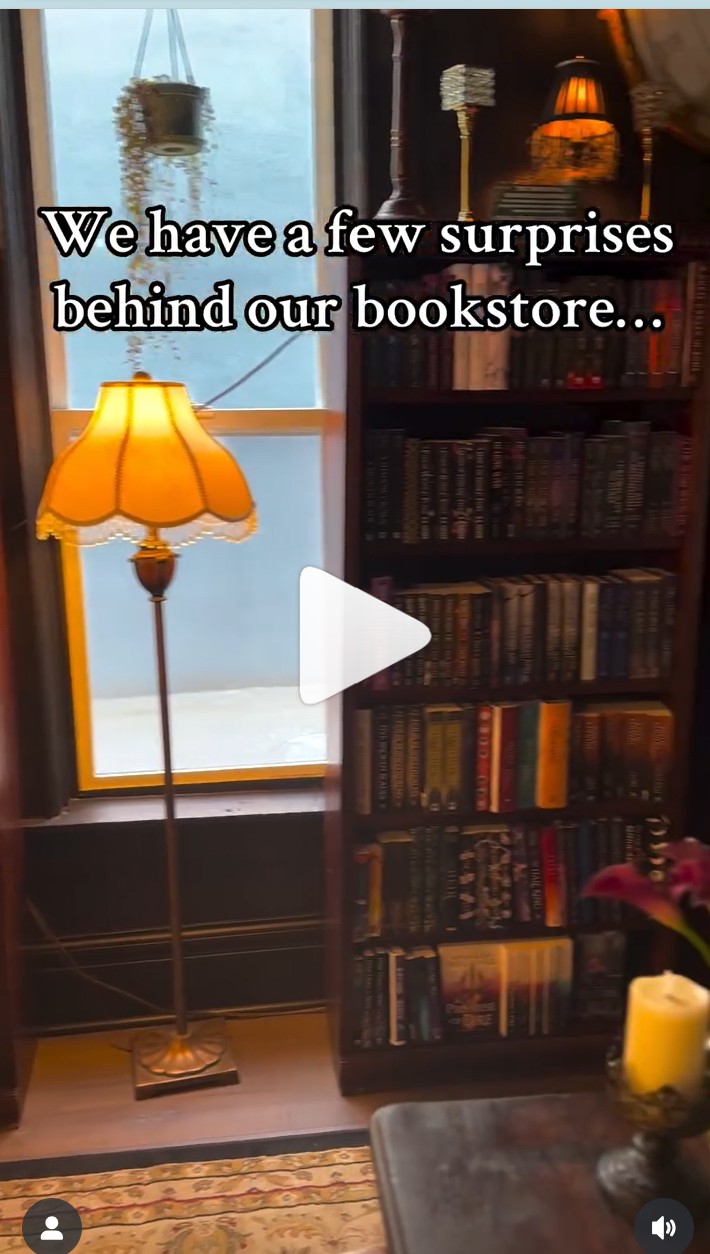
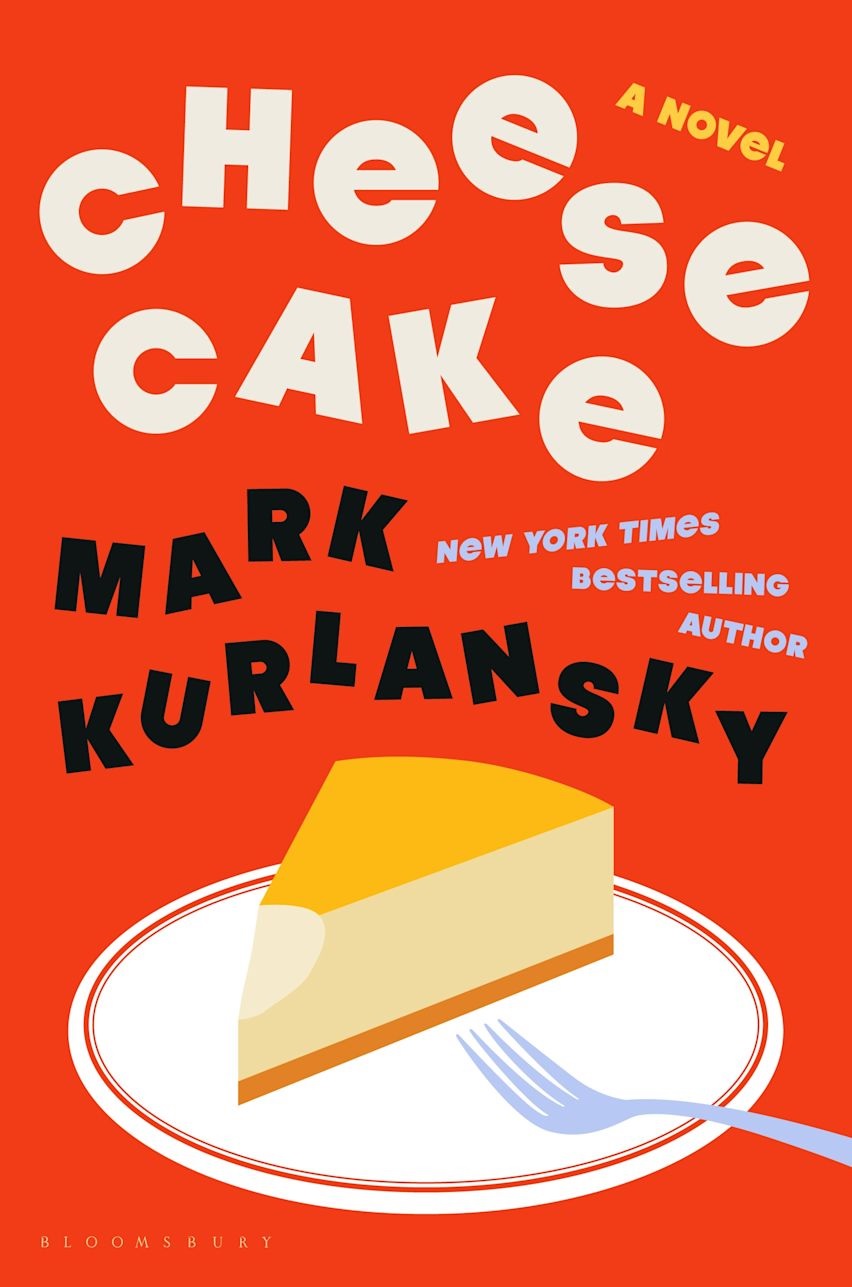 Mark Kurlansky, perhaps best known for his impeccably researched nonfiction (Salt, Cod, and
Mark Kurlansky, perhaps best known for his impeccably researched nonfiction (Salt, Cod, and 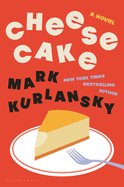
 Maybe that's why when I saw that the winner of this year's
Maybe that's why when I saw that the winner of this year's 
